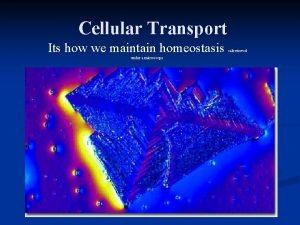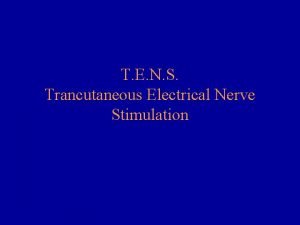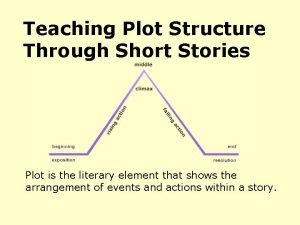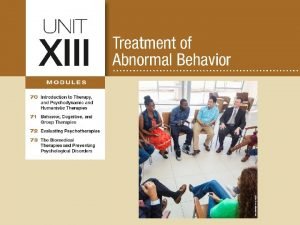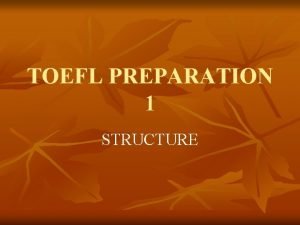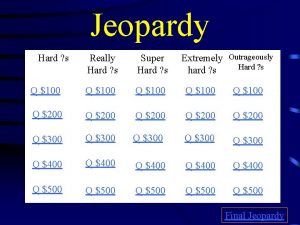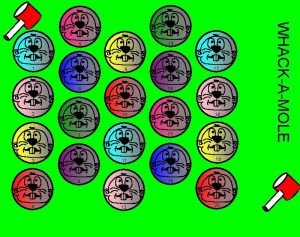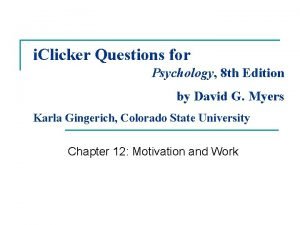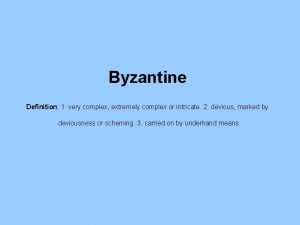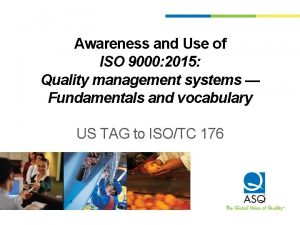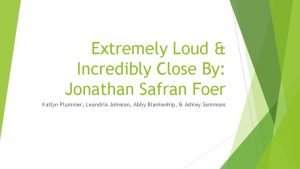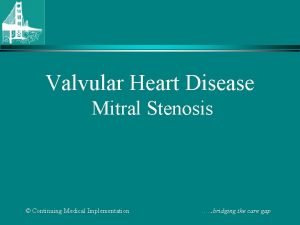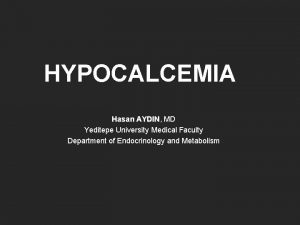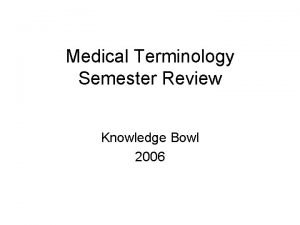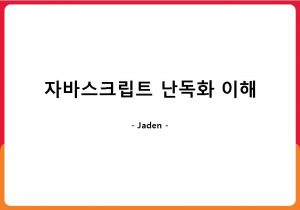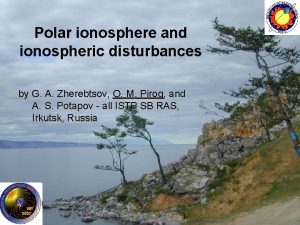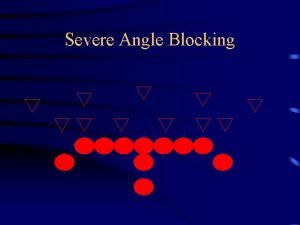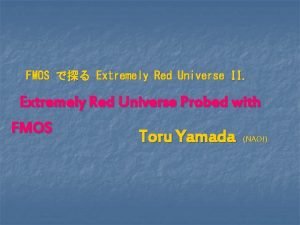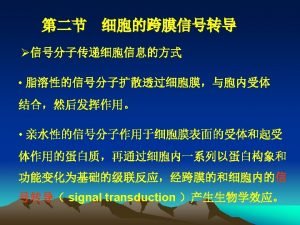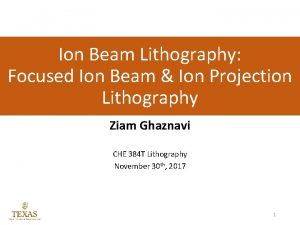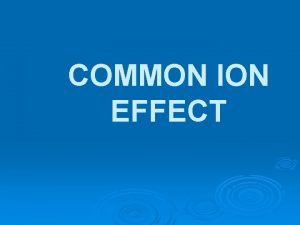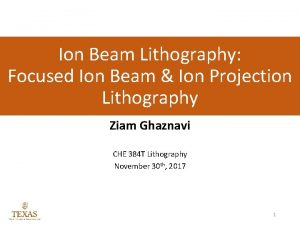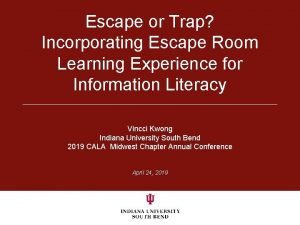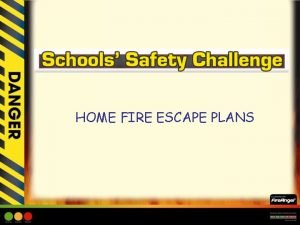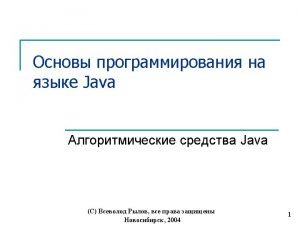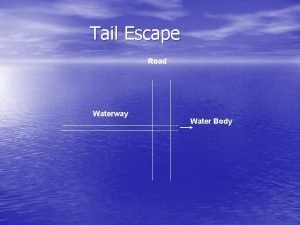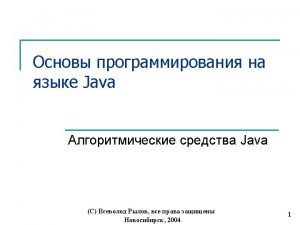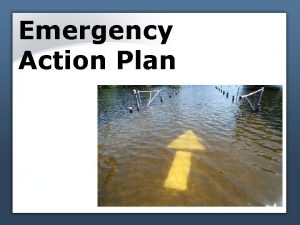Extremely intense ionospheric ion escape during severe ICMEs
























- Slides: 24

Extremely intense ionospheric ion escape during severe ICMEs: M. Yamauchi 1, A. Schillings 1, 2, R. Slapak 2, H. Nilsson 1, I. Dandouras 3 1. IRF, Kiruna, Sweden 2. LTU, Kiruna, Sweden 3. IRAP, U. Toulouse/CNRS, Toulouse, France Kiruna M. Yamauchi Sweden Kiruna, Sweden

Key Point (1) Slapak et al. (2017): Ion Loss Rate from the Earth for Kp < 7 : Floss µ exp(0. 45*Kp) ∫Floss ≈ 1018 kg ≈ atmospheric O 2 (2) Yamauchi and Slapak (2017): Extraction of Solar Wind kinetic energy by mass loading : ∆E µ Floss·v. SW 2 (3) Schillings et al. (2017): However, for large Kp ≥ 7+ : Floss (and ∆E) >> prediction by exp(0. 45*Kp) Space Weather Events play an important role in O+ escape Kiruna M. Yamauchi Sweden Kiruna, Sweden

(1) O+ escape vs. Kp: low-altitudes Suprathermal H+ & O+ < 70 e. V @9000 km (Akebono) Highest flux = polar region might mix with the solar wind (Cully et al. , 2003) Kiruna M. Yamauchi Sweden Kiruna, Sweden

(1) + O escape vs. Kp: Cluster/CIS Cluster could distinguish (a) and (b) 4 Kiruna M. Yamauchi Sweden Kiruna, Sweden

Cluster/CIS hot O+ obs. of direct escape ? ? ? Kp≥ 8 1026 1025 ~ 0. 7 x 1025 s-1 1024 Cluster/CIS: 2001 – 2005 (Slapak et al. , 2017) ~ 2 x 1025 s-1 Kp # samples R Ion Loss Rate : Floss µ exp(0. 45*Kp) X 5 Kiruna M. Yamauchi Sweden Kiruna, Sweden

(2) Feedback from escaping ions VO+ increases while VH+ decreases O+ escape rate: Floss µ exp(0. 45*Kp) Mass loading inelastic momentum conservation Extraction of kinetic energy 6 Kiruna M. Yamauchi Sweden Kiruna, Sweden

(2) Feedback from escaping ions (1) Amount is substantial: n. O+/n. SW~0. 01 r. O+/r. SW~0. 16 extract 7% of kinetic energy 109 -10 W to J// through B 7 Kiruna M. Yamauchi Sweden Kiruna, Sweden

(2) Feedback from escaping ions Extraction of kinetic energy: ∆E Simple conservation laws: ∆E µ Floss·v. SW 2, but nothing else Since Floss µ ionospheric current µ ∆E Positive feedback between ∆E µ Floss·v. SW 2 & Floss µ exp(0. 45*Kp) 8 Kiruna M. Yamauchi Sweden Kiruna, Sweden

(2) Feedback from escaping ions Extraction of kinetic energy: ∆E Simple conservation laws: ∆E µ Floss·v. SW 2, but nothing else Since F µ ionospheric current µ ∆E Positive feedback between ∆E µ Floss·v. SW 2 & Floss µ exp(0. 45*Kp) ∆E µ Kp 2 · exp(0. 45*Kp) , for Kp<6 We expect nearly linear relation between Kp and log(∆E) But, reality for Kp>7 is…. 9 Kiruna M. Yamauchi Sweden Kiruna, Sweden

(3) Non-linearity for Kp>7 example: Halloween event (2003 -10 -29) pitch angle energy O+ H+ O+ (>0. 3 ke. V) O+ (<0. 3 ke. V) Kiruna M. Yamauchi Sweden Kiruna, Sweden

(3) Non-linearity for Kp>7 example: Halloween event (2003 -10 -29) entire 2003 • Flux after scaling to the ionosphere 2003 -10 -29 • Reference: 1 -year data in the same region higher than extrapolation Kiruna M. Yamauchi Sweden Kiruna, Sweden

(3) Non-linearity for Kp>7 Examined 6 “extreme” events Dates VSW(km/s) NSW (cm-3) Dst [n. T] Kp 2001 -3 -31 ~ 720 38 -387 9 - 2001 -4 -12 ~ 720 4. 4 -271 7+ 2003 -5 -30 ~ 810 52 -144 7+ 2003 -10 -29 (2000 ? ) -350 9 2004 -11 -7 ~ 700 90 -117 8 2004 -11. 10 ~ 790 18 -259 9 Kiruna M. Yamauchi Sweden Kiruna, Sweden

(3) Non-linearity for Kp>7 Shift of median flux (a) Southern hemisphere x 47 x 10 x 50 x 18 Kiruna M. Yamauchi Sweden Kiruna, Sweden

(3) Non-linearity for Kp>7 Shift of median flux (b) Northern hemisphere x 20 x 6 x 9 x 60 x 83 x 18 Kiruna M. Yamauchi Sweden Kiruna, Sweden

(3) Non-linearity for Kp>7 The O+ outflow during major storms is 1 to 2 orders of magnitude higher than during less disturbed time Kiruna M. Yamauchi Sweden Kiruna, Sweden

Summary and Conclusion (1) Slapak et al. (2017): Ion Loss Rate from the Earth for Kp < 7 : Floss µ exp(0. 45*Kp) ∫Floss ≈ 1018 kg ≈ atmospheric O 2 (2) Yamauchi and Slapak (2017): Extraction of Solar Wind kinetic energy by mass loading : ∆E µ Floss·v. SW 2 ∆E µ Kp 2·exp(0. 45*Kp) , for Kp < 7 (3) Schillings et al. (2017): However, for large Kp ≥ 7+, Floss (and ∆E) >> prediction by exp(0. 45*Kp) Space Weather Events play an important role in O+ escape & ∫F >> 1018 kg (atmospheric O 2) Space Weather Events play some role in atmospheric evolution Kiruna M. Yamauchi Sweden Kiruna, Sweden

Future direction Need to understand expansion and escape of neutral atmosphere too. ESCAPE mission (oral later) Kiruna M. Yamauchi Sweden Kiruna, Sweden

End / extra slides Kiruna M. Yamauchi Sweden Kiruna, Sweden

(2) Feedback from escaping ions Extraction of kinetic energy: ∆E Simple conservation laws: ∆E µ F · v. SW 2, but nothing else Since F µ ionospheric current µ ∆E Positive feedback between ∆E µ F · v. SW 2 & F µ exp(0. 45*Kp) ∆E µ Kp 2 · exp(0. 45*Kp) , for Kp<6 & IMF BY effect can be explained 19 Kiruna M. Yamauchi Sweden Kiruna, Sweden

(2) Feedback from escaping ions Since F µ ionospheric current µ ∆E Positive feedback between ∆E µ F · v. SW 2 & F µ exp(0. 45*Kp) ∆E µ Kp 2 · exp(0. 45*Kp) , for Kp<6 20 Kiruna M. Yamauchi Sweden Kiruna, Sweden

Method 2 nd step: Plot the boxes and look at the plasma beta 29 Oct 2003 Halloween event Kiruna M. Yamauchi Sweden Kiruna, Sweden

Method Year 2003 Number of data points Scaled O+ flux log 10 m-2 s-1 3 rd step: Check the plasma beta parameter for the O+ outflow during the year Log 10 plasma beta Kiruna M. Yamauchi Sweden Kiruna, Sweden

Key Point (1) Slapak et al. (2017) Cluster observations in the magnetosheath and plasma mantle show, Ion Loss Rate from the Earth : F µ exp(0. 45*Kp) , for Kp<7 This already gives total escape over past 4 billion years ∫F ≈ 1018 kg ≈ present atmospheric O 2 (2) Yamauchi and Slapak (2017) Inelastic mixing of escaping ions with the solar wind (i. e. , massloading) converts solar wind kinetic energy to electric potential energy, which is consumed in the ionosphere because of direct geomagnetic connection. Conservation laws predicts, Energy extraction (total) : ∆E µ F·v. SW 2 , but nothing else. Positive feedback between the ion escape and energy extraction transfers the non-linearity (to Kp) from F to ∆E, Ionospheric/Ground current µ ∆E µ Kp 2·exp(0. 45*Kp) , for Kp<6 (3) Schillings et al. (2017) However, for large Kp, the flux values F is much higher than the prediction by (1), but more than one order of magnitude. ∫F >> 1018 kg ≈ present atmospheric O 2 Space Weather Events plays some role in atmospheric evolusion Kiruna M. Yamauchi Sweden Kiruna, Sweden

Kiruna M. Yamauchi Sweden Kiruna, Sweden
 During intense exercise potassium tends to accumulate
During intense exercise potassium tends to accumulate Qumica
Qumica Dipolos instantaneos
Dipolos instantaneos How do london dispersion forces work
How do london dispersion forces work C6h12 fuerza intermolecular
C6h12 fuerza intermolecular Intensive verb adalah
Intensive verb adalah Brief intense tens
Brief intense tens Teaching plot
Teaching plot Trevor spends 45 minutes
Trevor spends 45 minutes Abate definition romeo and juliet
Abate definition romeo and juliet What kind of physical activity
What kind of physical activity Folding fans arrive in europe
Folding fans arrive in europe Only in extremely dangerous situations
Only in extremely dangerous situations Extremely
Extremely Extremely graphic content
Extremely graphic content Resource partitioning tends to lead to a high degree of
Resource partitioning tends to lead to a high degree of Lindsey is extremely afraid of becoming obese
Lindsey is extremely afraid of becoming obese Byzantine definition
Byzantine definition Iso 9000 2015 pdf
Iso 9000 2015 pdf Summary of extremely loud and incredibly close
Summary of extremely loud and incredibly close Extremely
Extremely Define mitral stenosis
Define mitral stenosis Severe hypocalcemia
Severe hypocalcemia Asthma clinical pathway
Asthma clinical pathway Severe episodes of spasmodic choking
Severe episodes of spasmodic choking
